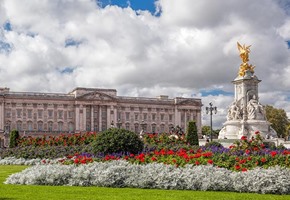
Royals and Rail: UK Train Journeys Fit for a King
28/04/2023 · By Ian Holt
Embark on UK train journeys fit for a king with Royals and Rail by Great Rail Journeys. Experience amazing regal travels all over the British Isles.
Read moreCovering an area greater than three hundred square kilometres in the eastern English counties of Norfolk and -in part - Suffolk, the Norfolk Broads comprise Britain's largest nationally protected wetland reserve and are renowned for the natural beauty of their diverse landscapes.

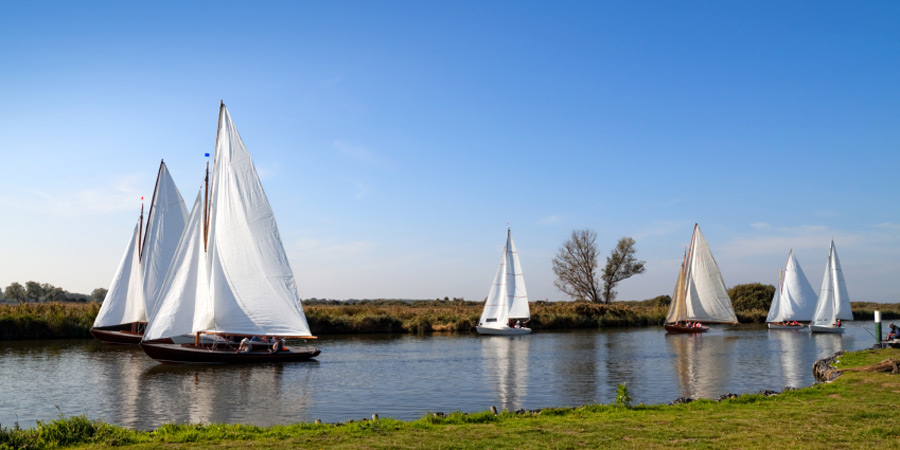
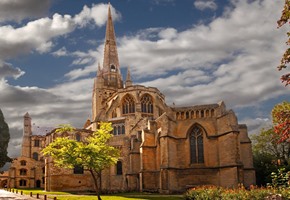
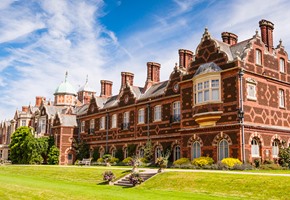
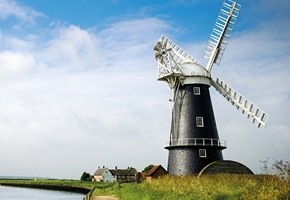
 (170 reviews)
(170 reviews)Discover timeless seaside towns, experience wonderful wildlife, and explore Sandringham - one of the best-loved stately homes of the British Royal Family - on this holiday to Norfolk. From our elegant boutique hotel, restored from a Victorian townhouse in a quiet conservation area in Norwich, we delve into this scenic region. Sail along the...
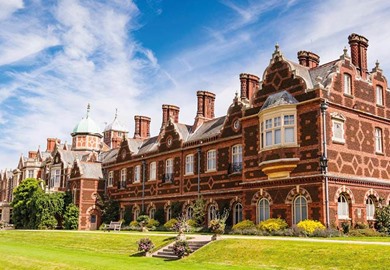
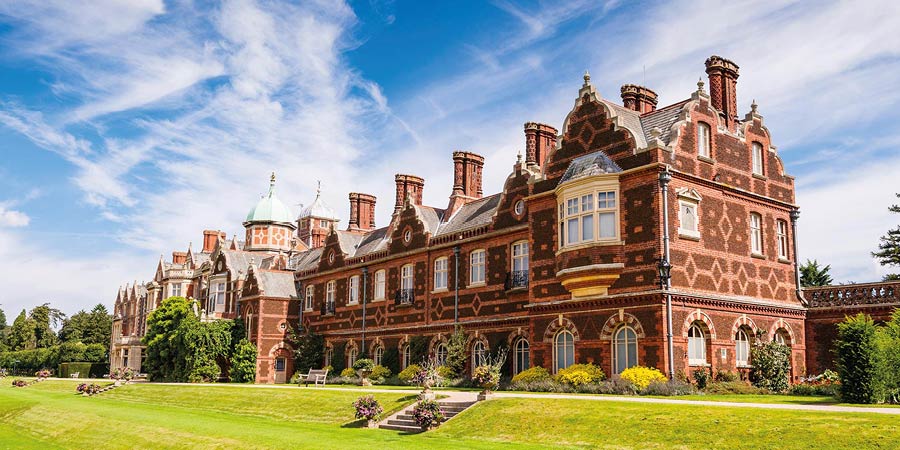
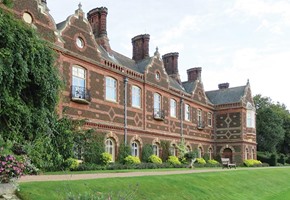
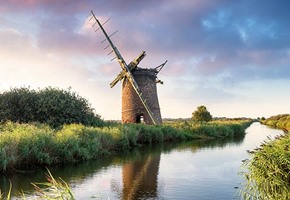
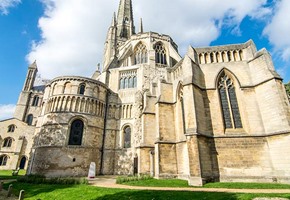
 (396 reviews)
(396 reviews)Discover the rich heritage and natural beauty of Norfolk and Norwich on a journey filled with historic railways, waterways and royal charm. Explore the medieval city of Norwich on a guided tour, cruise along the Norfolk Broads on a Mississippi paddle boat and step back in time on scenic journeys with the Mid and North Norfolk railways. We...



 (34 reviews)
(34 reviews)Experience Christmas in Norwich, a city brimming with history and yuletide cheer. Watch the seals of Horsey beach at one of the best times of year for wildlife viewing, enjoy a festive show on Cromer Pier and journey along the nostalgic North Norfolk and Bure Valley railways on seasonal specials. Discover medieval Norwich on a guided tour ...



The perfect destination for anybody who enjoys boating, the Broads (as they are simply referred to) feature a network of lock-free waterways and lakes spanning more than two hundred kilometres. Historically, these waterways date back to medieval times when the land was excavated for its peat. From the twelfth century onward, peat digging in Norfolk was extensive but as sea levels rose in the following two centuries the land became waterlogged and the industry was abandoned in the fourteenth century.
The resultant wetland, a mixture of fens, marshes, water meadows and bogs provided natural habitats for a diversity of plants, animals, birds and insects. Truly a paradise for birdwatchers and nature-lovers, today a number of nature reserves throughout the Broads provide a home to species including voles, Chinese water deer, grey seals, kingfishers, marsh harriers and the UK's largest butterfly; the yellow-and-black Swallowtail.
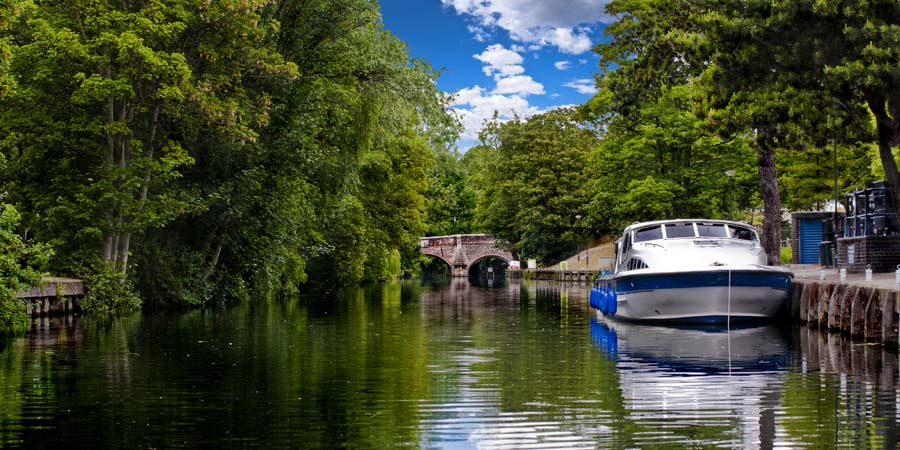
Whilst the waterways of the Broads provide an escape of unparalleled tranquillity of beauty, the region is dotted with characterful towns and villages each offering its own history and attractions to explore, including medieval buildings, public gardens, windmills, theme parks and scenic railways.
Close to the confluence of the Rivers Tas, Yare and Wensum at Caistor St Edmund, Venta Icenorum, the 'market place of Iceni' is believed to be the former Roman capital of Norfolk. Dating from the first century AD, this protected archaeological site today contains the remains of one of only three major Roman towns in the UK that have not been lost to land development.
The landscapes of the Norfolk Broads are punctuated with historic windmills, and one of the finest is situated at Berney Arms on Halvergate Marsh. The best-preserved example of a seven-storey mill in Norfolk, Berney Arms Windmill was constructed in the late nineteenth century and remained in use until 1951.
Set over a stunning seventy-five acre woodland estate, the Museum of East Anglian Life, near to the charming Suffolk market town of Stowmarket, is an open museum featuring fifteen beautifully-restored period buildings in which life in the region throughout history is recounted via exhibitions, displays and a collection of around 40,000 fascinating exhibits.